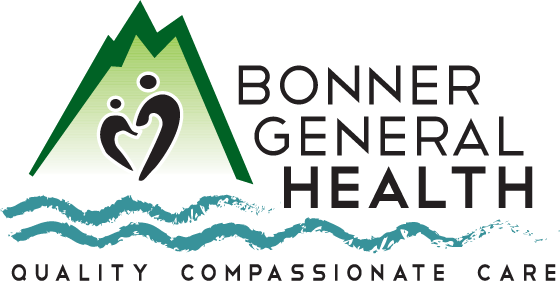By Kathy Hubbard
“You can’t spell ‘scoliosis’ without an ‘S’ or ‘C,’ and if you have this condition, that’s what your spine looks like,” an article on www.SpineUniverse.com reads. Scoliosis affects about three to four percent of Americans. Although possible, at any age, scoliosis most commonly occurs between the ages of ten and fifteen years old. It’s the most common spinal deformity in school-age children.
The spine will curve to the left or right, or both (ergo the “S”) as seen from the back. From the side view, the spine shows standard curves – lordosis and kyphosis – that allow us to move and stand upright. But that’s a subject for another day.
“Idiopathic is the most common form, accounting for 80 percent of all pediatric scoliosis cases. Degenerative scoliosis is also fairly common; one recent study found it affects roughly 38 percent of the population, including as many as eight percent of those over 25 and up to 68 percent of those 60 and older. Rarer forms include congenital scoliosis, which affects one in ten thousand newborns,” Spine Universe says.
Neuromuscular scoliosis is caused by brain, spinal cord, and muscular system disorders such as cerebral palsy. When the spinal development is asymmetrical due to radiation treatment or surgery to address a congenital heart defect, it’s called thoracogenic scoliosis. And, syndromic scoliosis develops due to an underlying disorder such as muscular dystrophy or spina bifida.
A curvature is measured in degrees as measured on an x-ray of the spine. A ten percent curvature would be considered scoliosis, but wouldn’t show any signs or symptoms.
“As the curve progresses to 20 degrees or beyond, there is an increased chance that the person or an observer, such as parent or teacher, might notice abnormalities such as clothes hanging unevenly or the body tilting to one side,” www.Spine-Health.com says.
Symptoms range from purely cosmetic to mild back pain and muscle spasms to life-threatening breathing issues, although these are rare. One might experience leg pain, numbness or weakness, and bowel or bladder dysfunction in more severe cases.
Signs include a visible difference in hip and shoulder height; one or both hips raised or noticeably high; uneven shoulders with one or both shoulder blades sticking out; head not centered right above the pelvis; asymmetry between rib cage heights on either side of the waistline appearing uneven.
You may notice changes in the appearance or texture of the skin overlying the spine, such as dimples, hairy patches, or color abnormalities. Or you may see that the entire body leans toward one side.
Untreated scoliosis can lead to an abundance of long-term problems, so it’s essential to be diagnosed and begin treatment as quickly as possible. A simple test can be performed by your pediatrician that involves your child bending at the waist 90 degrees.
“From this position, most scoliosis signs that present as asymmetry is visible in the spine and trunk of the body,” Spine Health says.
The best tool the medicos have is x-rays. They can confirm the diagnosis and reveal the severity of the curvature. If the clinician suspects another underlying cause for the curvature, an MRI most likely will also be ordered.
Mild cases of scoliosis merely need to be watched. More severe curvatures – 20 to 40 percent – will most likely require bracing be worn until the patient stops growing. This may limit the child’s ability to play sports, but continuous exercise such as swimming and biking can help manage symptoms. Some people get positive results from physical therapy.
At any age, if the curvature is too extreme, and all other measures show no success, surgery may be necessary. Innovative surgical options have been developed in the last decade.
“For children, especially, it can be frightening to learn they have scoliosis. Having that label makes them different at a time in their lives when they don’t want to be all that different. But scoliosis is nothing to be scared or ashamed of. With the proper treatment, scoliosis doesn’t have to define your life,” Spine Universe says.
Kathy Hubbard is a member of Bonner General Health Foundation Advisory Council. She can be reached at [email protected].

